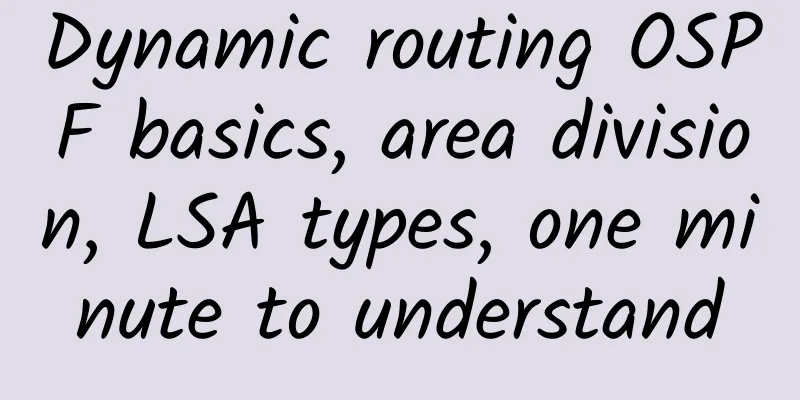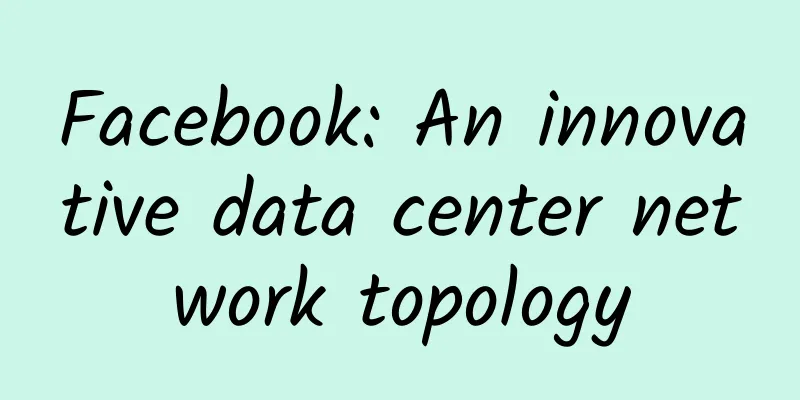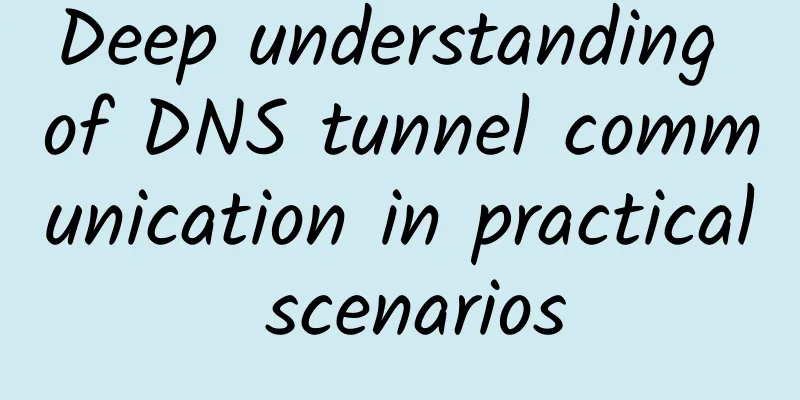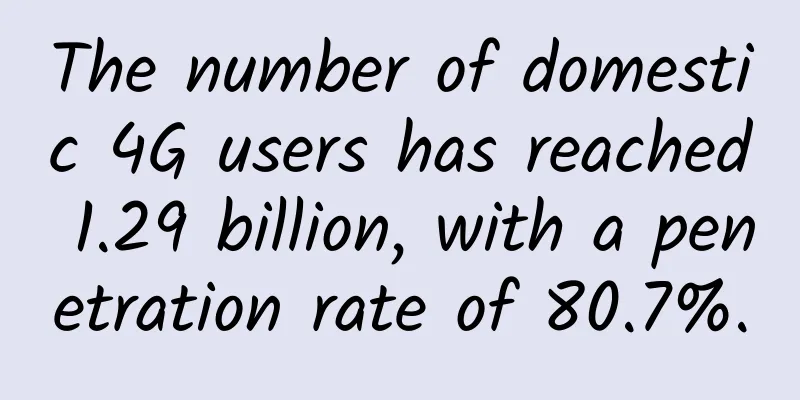Dynamic routing OSPF basics, area division, LSA types, one minute to understand

|
1. OSPF Message OSPF protocol packets are directly encapsulated as IP packets, and the protocol number is 89. OSPF has five types of protocol messages: (1) Hello message: It is sent periodically to discover and maintain OSPF neighbor relationships and to elect DR (Designated Router)/BDR (Backup Designated Router). (2) DD (Database Description) message: describes the summary information of each LSA (Link State Advertisement) in the local LSDB (Link State DataBase) and is used for database synchronization between two routers. (3) LSR (Link State Request) message: Requests the required LSA from the other party. After two routers exchange DD messages, they know which LSAs the other router has that are missing from the local LSDB. At this time, they need to send LSR messages to request the required LSAs from the other router. (4) LSU (Link State Update) message: sends the LSA required by the other party. (5) LSAck (Link State Acknowledgment) message: used to confirm the received LSA.
2. LSA Types The description of link state information in OSPF is encapsulated in LSA and published. Commonly used LSAs are of the following types: (1) Router LSA (Type-1): It is generated by each router, describes the link status and cost of the router, and is propagated in the area where it originates. (2) Network LSA (Type-2): It is generated by the DR, describes the link status of all routers in the network segment, and is propagated within the area where it originates. (3) Network Summary LSA (Type-3): It is generated by the ABR (Area Border Router), describes the route of a network segment in the area, and announces it to other areas. (4) ASBR Summary LSA (Type-4): It is generated by ABR, describes the route to ASBR (Autonomous System Boundary Router), and is advertised to the relevant areas. (5) AS External LSA (Type-5): generated by ASBR, describes the routes outside the AS (Autonomous System) and is advertised to all areas (except Stub areas and NSSA areas). (6) NSSA External LSA (Type-7): It is generated by ASBR in the NSSA (Not-So-Stubby Area) area, describes the routes outside the AS, and is only propagated within the NSSA area. (7) Opaque LSA: An extended general mechanism used for OSPF. Currently, there are three types: Type-9, Type-10, and Type-11. Type-9 LSA is only flooded within the local link scope. Grace LSA used to support GR (Graceful Restart) is a type of Type-9. Type-10 LSA is only flooded within the area scope. LSA used to support MPLS TE is a type of Type-10. Type-11 LSA can be flooded within an autonomous system scope. 3. OSPF Area 1. The border of an area is a router, not a link. A router can belong to different areas, but a network segment (link) can only belong to one area, or each interface running OSPF must specify which area it belongs to. After dividing the area, route aggregation can be performed on the area border router to reduce the number of LSAs announced to other areas and minimize the impact of network topology changes. 2. Backbone area and virtual link (1) Backbone Area After OSPF divides the areas, not all areas are equal. One area is different. Its area number is 0, which is usually called the backbone area. The backbone area is responsible for routing between areas. Routing information between non-backbone areas must be forwarded through the backbone area. In this regard, OSPF has two regulations:
In actual applications, the above requirements may not be met due to various restrictions. This can be solved by configuring OSPF virtual links. (2) Virtual Link A virtual link is a logical connection channel established between two ABRs through a non-backbone area. Both ends of the virtual link must be ABRs, and both ends must be configured to be effective. The area that provides a non-backbone internal route for both ends of the virtual link is called a transit area. 3. Stub area and totally stub area Stub areas are some specific areas. The ABR in the area will pass the inter-area routing information to the area, but will not introduce the external routes of the autonomous system. The routing table size and the number of LSAs of the routers in the area will be greatly reduced. To ensure that the routes outside the autonomous system are still reachable, the ABR in the area will generate a default route Type-3 LSA and publish it to other non-ABR routers in the area. In order to further reduce the size of the routing table and the number of LSAs of the routers in the Stub area, the area can be configured as a Totally Stub area. The ABR in this area will not pass the inter-area routing information and the external routing information of the autonomous system to this area. In order to ensure that the routes to other areas of this autonomous system and outside the autonomous system are still reachable, the ABR in this area will generate a default route Type-3 LSA and publish it to other non-ABR routers in this area. 4. NSSA area and totally NSSA area NSSA (Not-So-Stubby Area) is a variation of Stub area. The difference between NSSA and Stub area is that NSSA area allows the introduction of autonomous system external routes, and ASBR issues Type-7 LSA to the area. When Type-7 LSA reaches the ABR of NSSA, ABR converts Type-7 LSA into Type-5 LSA and propagates it to other areas. The area can be configured as a Totally NSSA area. The ABR in this area will not pass the inter-area routing information to this area. To ensure that the routes to other areas of this autonomous system are still reachable, the ABR in this area will generate a default route Type-3 LSA and publish it to other non-ABR routers in this area. |
<<: What factors determine the price of HTTPS certificates?
>>: Did you know there are 4 types of network latency?
Recommend
What is the role of NB-IoT in 5G networks?
Exploring the role of narrowband IoT in 5G networ...
Industry hot spots of data center in 2018
For many people, 2017 has been an intense and bus...
Guangdong Unicom brings new vitality to traditional private lines Huawei is willing to be the network reconstructor behind the scenes
[51CTO.com original article] During the 4th Globa...
A certificate chain processed, but terminated in a root certificate that is not trusted by the trust provider
Today, I encountered this problem when installing...
5G network popularization is accelerating, and these industries around you are already on the cusp of the trend
It has only been a year since the Ministry of Ind...
[Black Friday] SoftShellWeb: $8.99/month-1GB/20GB/100GB@1Gbps/Taiwan VPS
SoftShellWeb has released several special promoti...
Friendhosting Christmas/New Year promotion, 40% off all VPS hosts, unlimited traffic in multiple computer rooms
Friendhosting launched a promotion for Christmas ...
Little-known tips for ordinary users to install broadband at home
In the past two years, broadband has become a mus...
H3C Launches Telecom-Grade Cloud Platform at MWC Shanghai
On June 28, H3C Group made its debut at the Asian...
In the 5G era, how are operators doing in the government and enterprise market?
4G has just entered a stable development period, ...
Guess how much of Huawei Cloud's "black technology" is used in Huawei Mall (Vmall)?
[51CTO.com original article] Within a few days af...
A400 20% off for the school season, Los Angeles CN2 GIA/9929/4837 and other routes starting from 20 yuan/month
A400 Interconnect recently released a back-to-sch...
In the first half of the year, the number of Internet users in my country reached 940 million, and the number of active IPv6 users reached 362 million.
Yesterday, the China Internet Network Information...




![[Technology Feast] Ruijie Cloud Desktop EST Protocol RUTP Transmission Technology](/upload/images/67eb9b7e0d7fd.webp)




